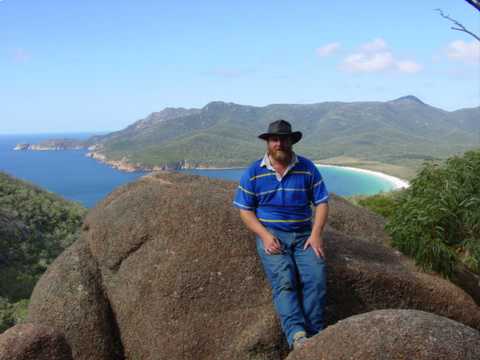Workplace learning and the role of VET
Notes/observations on a conference
Rainbird
- learning in the workplace - a community of practice - not just an individual activity
- standards based (eg CBT) has the problem of not accessing the theoretical knowledge, how to learn-type skills
- should be focused on the learner
Cooney (Auto industry)
- short-term role of training
- so, must demonstrate return to business (in the now) - therefore job specific skills development
Effects -
- firm specific/job specific
- therefore, not necessarily transferable across the industry
- less focus on developmental learning
*** training not leading to the broad-based skill development that leads to innovation and product development
Giselle Mawer -SMEs
- experience and skills from on job (especially from supplier training) valued over accredited training
- accredited training for mandated requirements
- not much knowledge of the formal VET system, RPL and AQF qualifications (knowledge mainly from industry bodies - limited)
- individual needs training
- or for new pay structures
*** most of trainng undertaken was either free of direct costs or subsidised by govt and statewide subsidies and levies
*** employer responsible for employee currency
Barriers
- lack of relevance and unresponsive
- difficulties in releasing staff
Possible points of connection
- formal recognition of current skills (RPL)
- strategically targeted promotion and facilitation
- more integration of VET services with workplace business
- know industry context
Peter Waterhouse
- enterprise based not industry based training
- employers often don't place value on quals as much as employees
- quals - gateway at recruitment
- quals - and a developmental tool & career pathway
we all use the same ingredients - it is what you do with it that makesthe difference
- shift from delivery to dialogue on design of programs
- Training Package - instrument of policy and instrument of training
- contextualised & relevant does not mean reductionist or narrow.
Mary Jones (Indigenous programs - Victoria)
- need for program of critical thinking
- link of underpinning concepts to the competencies
- use of experiential learning (Kolb 1984)
- reflective learning
- group learning
- facilitated - group had ownership
- workplace did not always identify tacit knowledge
- use of learning journal
- workplace issues discussed in the formal learning place
- students linked to employers at start of program
also
- need to know the students
- program for welding - did not work because employers did not want to train - just get pre-skilled workers
Conclusion - John Bucannan
- ABS - most workers only have workplace training (WPT)
- WPT - being starved of resources
- - re-engage with on the job to hit training needs
- Problems with training sit with senior business and Government policy
- It is not RTOs being unresponsive but constrained to qualifications framework and Training packages
- Training packages - enterprises don't need full qualifications but skill sets.








